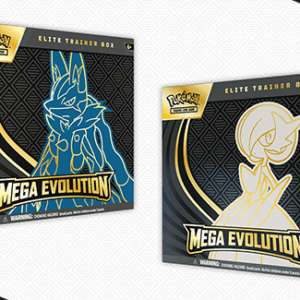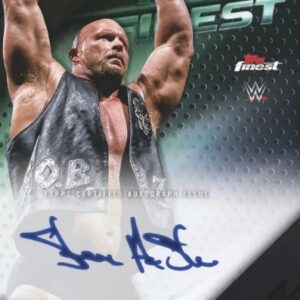In the world of basketball, few names light up a room quite like Ray Allen. Known for his unparalleled shooting prowess and two-time NBA Champion status, Allen has etched his name into basketball history with more than just a game-winning three-pointer. Recently, however, it’s not merely his game that’s causing a stir. Instead, Allen has found a new passion that combines his enduring love for basketball with his lifelong knack for collecting keepsakes – the world of trading cards. It’s this interest that has led to his recent acquisition of an Upper Deck Exquisite Dual Logoman card, a piece so cherished it could tie the heartstrings of even the most indifferent spectator.
For those less initiated in the trading card subculture, Logoman cards are nothing short of sacred relics. To the unassuming, they might seem like mere pieces of cardboard, but they hold a special kind of reverence akin to the holy grails of the sports memorabilia universe. Each comes bearing patches directly extracted from game-worn jerseys adorned with the NBA logo. When these patches become associated with Upper Deck’s Exquisite line, their value – both monetary and sentimental – tends to double down due to the sophisticated design and limited availability.
Now, imagine one of these glossy treasures intertwined with the stories of two illustrious careers: Ray Allen’s and his former teammate, Michael Redd’s. This isn’t just a card; it’s a tangible memento of moments on the court and shared glories. Allen’s journey from the court to collector seems almost poetic in how it bridges the gap between player and fan. The post with Allen proudly displaying this treasure on Instagram is not just a boast of a prized acquisition, but a recognition of the artistry and storied tradition woven into the very fabric of such collectibles.
Facilitated by the renowned Fifth Down Sportscards, Allen’s acquisition wasn’t simply an insular act of personal nostalgia. It taps into a greater trend where sports icons reclaim their narratives through collectibles. It’s this evolving dynamic that captures a fascinating full-circle moment for the sport, stacking layers of history, legacy, and fandom into a single autobiographical token. Once, athletes were mere subjects of adoration on these cards; today, they step into the realm of avid collectors.
This involvement transcends mere personal interest; it’s a collective nod to the sanctity of the memorabilia culture. By seeking out pieces like the Dual Logoman, players don’t just pass down their legacies; they also embrace them. The athletes’ active participation injects a new kind of life into the trading card community. It’s as if they’re standing shoulder to shoulder with fans in appreciation of what these collectibles symbolize.
Ray Allen’s entrance into this world amplifies the interlinking tales of player prowess and fan devotion. It’s a modern chapter in collecting, raising an arguably aging pastime to newfound prominence. For older generations, it melds nostalgia with cherished memories. For younger ones, it sparks curiosity and innovation in how sports history is archived and celebrated. As more athletes join in, trading cards emerge not only as collectible items but repositories of cultural significance and historical resonance.
Allen’s enthusiasm and purchase shed light on the profound implications of these traditions, emphasizing that memorabilia isn’t just about owning something unique – it’s about owning a piece of history made tangible. As more of the basketball elite dive into collecting, they amplify a story of symbiosis between their prowess and the hobbyists who immortalize their feats.
In the ever-bustling realm of sports memorabilia, Ray Allen’s presence as both artifact and collector blurs the lines, creating a lens through which nostalgia meets modernity, and stories of yesterday are preserved for tomorrow. A single action, a simple card purchase bloomed into something wholly multifaceted, inviting a broader understanding of basketball’s impact well beyond the boundaries of the court.






